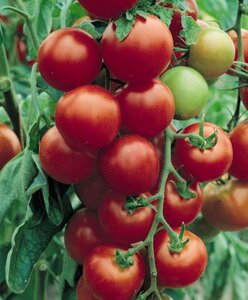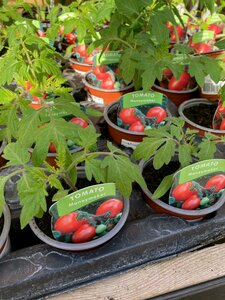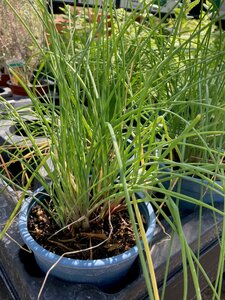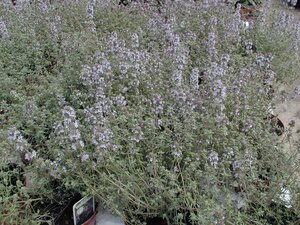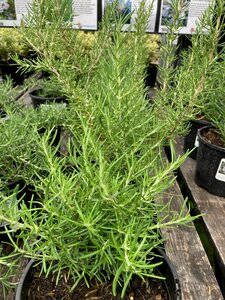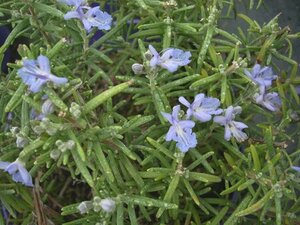Herbs & Vegetables
Grow Your Own, fresh from the garden, it's easier than you think! All our herbs & vegetables are grown on our very own nursery, they are grown peat free and chemical free, so you are getting a better quality plant for your garden. For our full range of herbs & vegetables, please visit your local branch of Thompson's. Below are a few of our more popular varieties.
Herbs available all year round, vegetables available from late March.
Filter products
How To Grow Herbs
Growing herbs in your garden is a great way to add a fresh and flavourful touch to your meals. Fortunately, many herbs are easy to grow in the UK climate, and they can thrive in a variety of conditions. In this article, we will provide you with some tips on how to grow herbs in your garden in the UK climate.
1. Choose The Right Location
Most herbs require plenty of sunlight to grow properly, so it's important to choose a location that receives at least 6 hours of direct sunlight per day. Additionally, make sure the soil is well-draining and has good moisture retention. Herbs can be grown in window boxes, pots, tubs, baskets or even in a garden border.
2. Select the Right Herbs
Some herbs are more suited to the UK climate than others. Some of the easiest herbs to grow in the UK include chives, mint, parsley, rosemary, sage, and thyme. These herbs can be grown from seeds, cuttings, or transplants. Here at Thompson's we do the hard part for you, growing our herbs in 9cm sized pots so they're ready to go straight in your garden. We then grow them on in larger 12cm sized pots so that they are more established plants. Think of the herbs you might use when cooking, as nothing beats the fresh flavour they bring to your dishes
Did you know that here at Thompson's we grow our own herbs. We have all your favourite herbs including Rosemary, Mint, Parsley, Chives, Cardoon, Sage, Thyme, with many varieties of each to choose from.
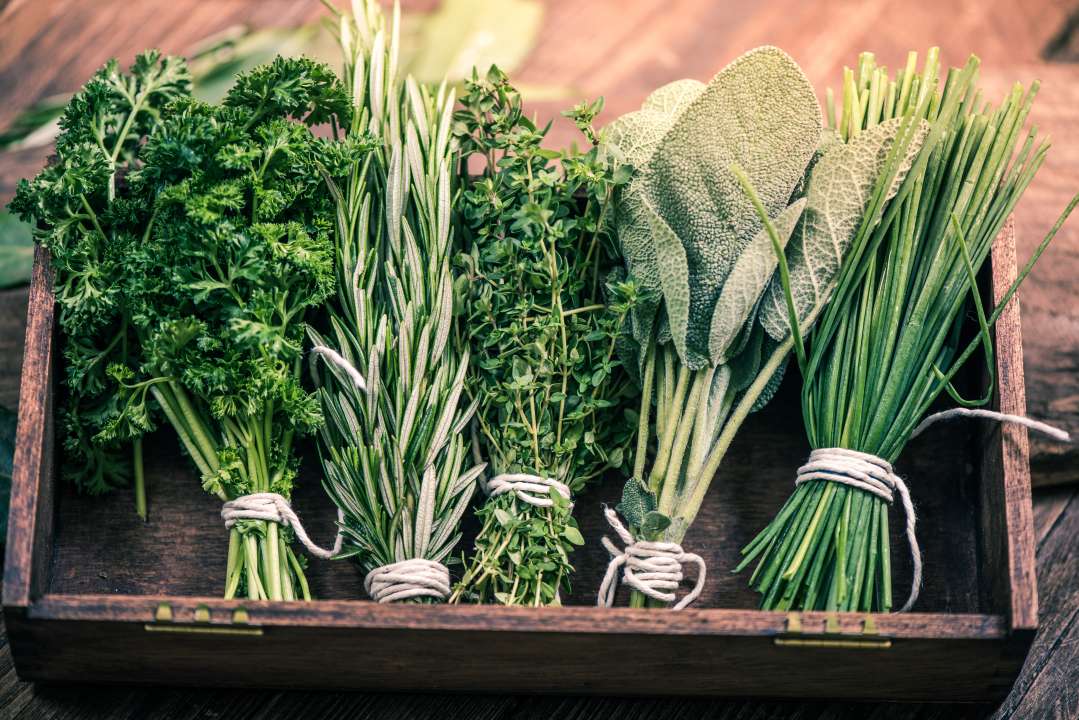
3. Planting and Maintenance
Start by preparing the soil by removing any weeds and adding compost or other organic matter to improve its quality. Plant your herbs according to the instructions provided with the seed or transplant. Water your herbs regularly, and make sure the soil remains moist but not waterlogged. Fertilize your herbs with a balanced organic fertilizer once a month during the growing season.
4. Harvesting
Herbs can be harvested as soon as they are large enough to pick. Be careful not to remove more than a third of the plant at one time, as this can weaken them. If you're planning on harvesting your herbs to freeze, then harvest at the start of the day to maximise the flavour. Harvesting also helps to stimulate new growth, with regular trimming encouraging well-branched plants and prevents leggy growth.
For more advice, please visit your local branch of Thompson's Garden Centre, where we are more than happy to help you select the best herbs for your garden.

